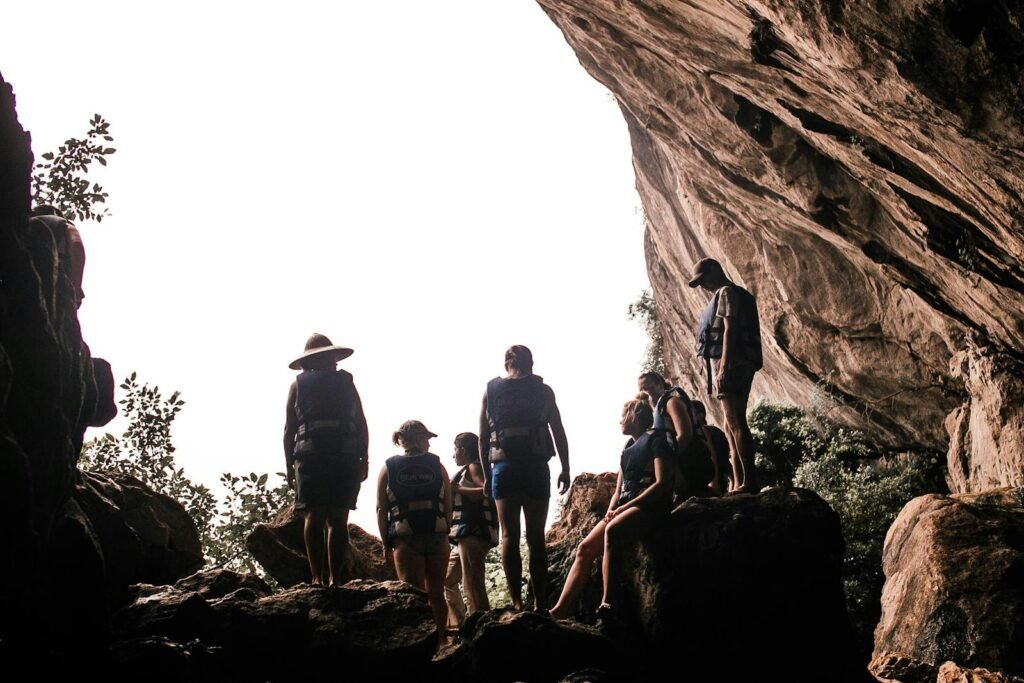Imagine standing at the mouth of a gaping abyss, a cavern so profound that the bottom remains a mystery. Caves have always fascinated humans, serving as both shelter and enigma. As we venture deeper into these subterranean worlds, we uncover secrets that have been hidden for millennia. But some caves are so deep, so intricate, that their full depths remain uncharted. What lies beneath these mysterious formations? Let’s embark on a journey to explore some of the deepest caves on Earth and the wonders they hold.
The Allure of the Abyss
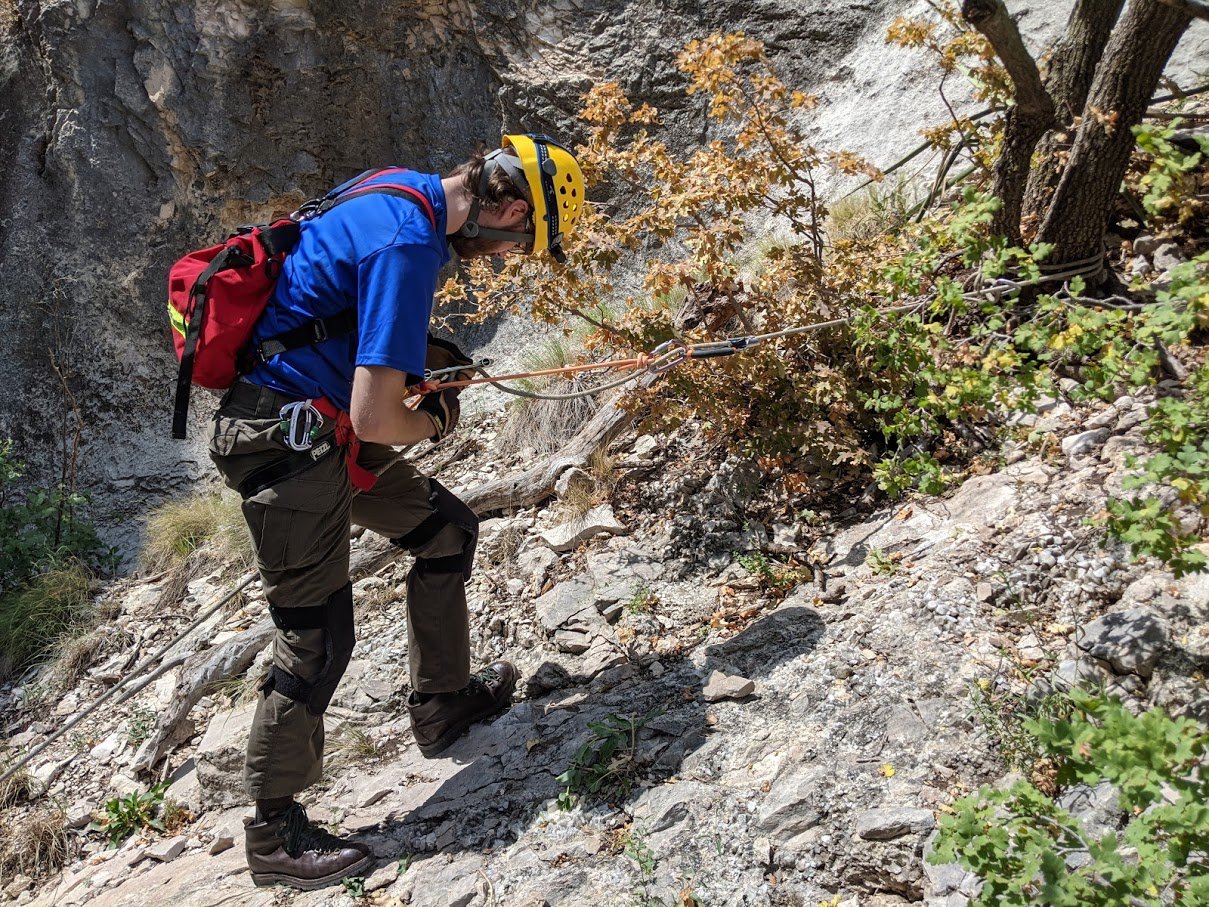
Caves have always captivated the human imagination. From ancient times, they were seen as portals to the underworld, places of mystery and awe. They have inspired countless myths and legends, with tales of hidden treasures and mythical creatures lurking in their depths. Today, they continue to draw explorers and scientists alike, eager to uncover their secrets. The allure of the abyss is not just in its mystery, but also in the promise of discovery. Each descent into a cave is a journey into the unknown, where the next step could reveal something extraordinary.
Krubera Cave: The Deepest Known Cave
Located in the Arabika Massif of the Western Caucasus, Krubera Cave is the deepest known cave on Earth. It plunges to an astonishing depth of over 2,200 meters. This subterranean marvel is a labyrinth of tunnels and chambers, a testament to the power of water and time. The cave was named after Russian geographer Alexander Kruber, and its exploration has been a monumental task. Despite reaching such depths, parts of Krubera remain unexplored, leaving room for new discoveries. The cave is a reminder of how much of our planet remains hidden beneath the surface.
The Mysterious World of Veryovkina Cave
Veryovkina Cave, also located in the Arabika Massif, is another contender for the title of the world’s deepest cave. It was only in recent years that explorers managed to map its depths, reaching over 2,200 meters. The cave is a complex network of passages, with some sections still shrouded in mystery. The challenges of exploring Veryovkina are immense, requiring specialized equipment and expertise. Yet, for those who venture into its depths, the rewards are unparalleled. The cave offers a glimpse into the geological processes that have shaped our planet over millions of years.
The Challenges of Cave Exploration
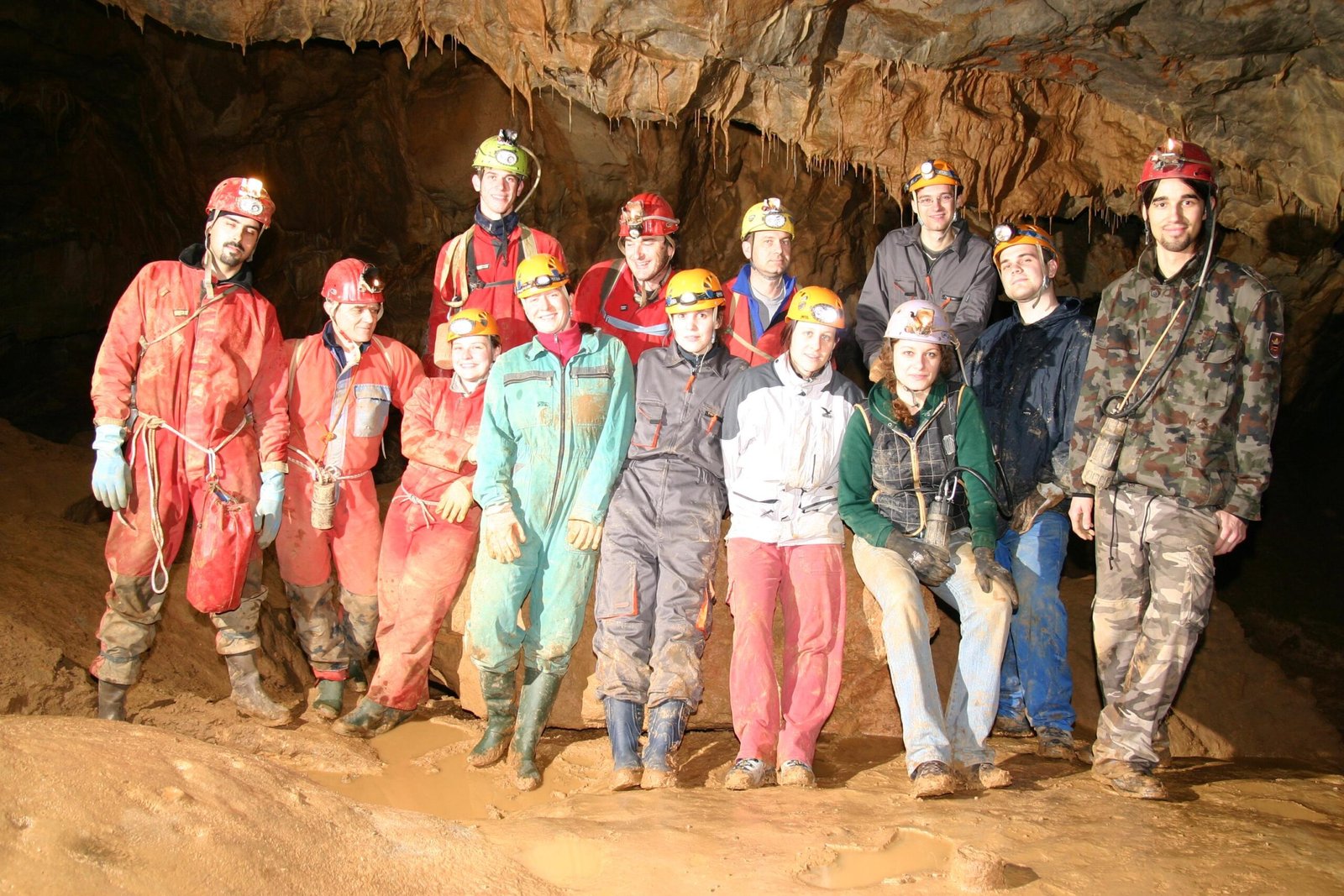
Exploring caves is not for the faint-hearted. It requires physical endurance, mental resilience, and a willingness to face the unknown. The conditions in deep caves can be harsh, with extreme temperatures, high humidity, and the ever-present risk of flooding. Navigating through narrow passages and vertical drops demands skill and precision. Moreover, the deeper explorers go, the more isolated they become, with communication and rescue becoming increasingly difficult. Despite these challenges, the thrill of discovery and the chance to uncover new scientific insights drive many to brave the depths.
The Hidden Ecosystems of Caves
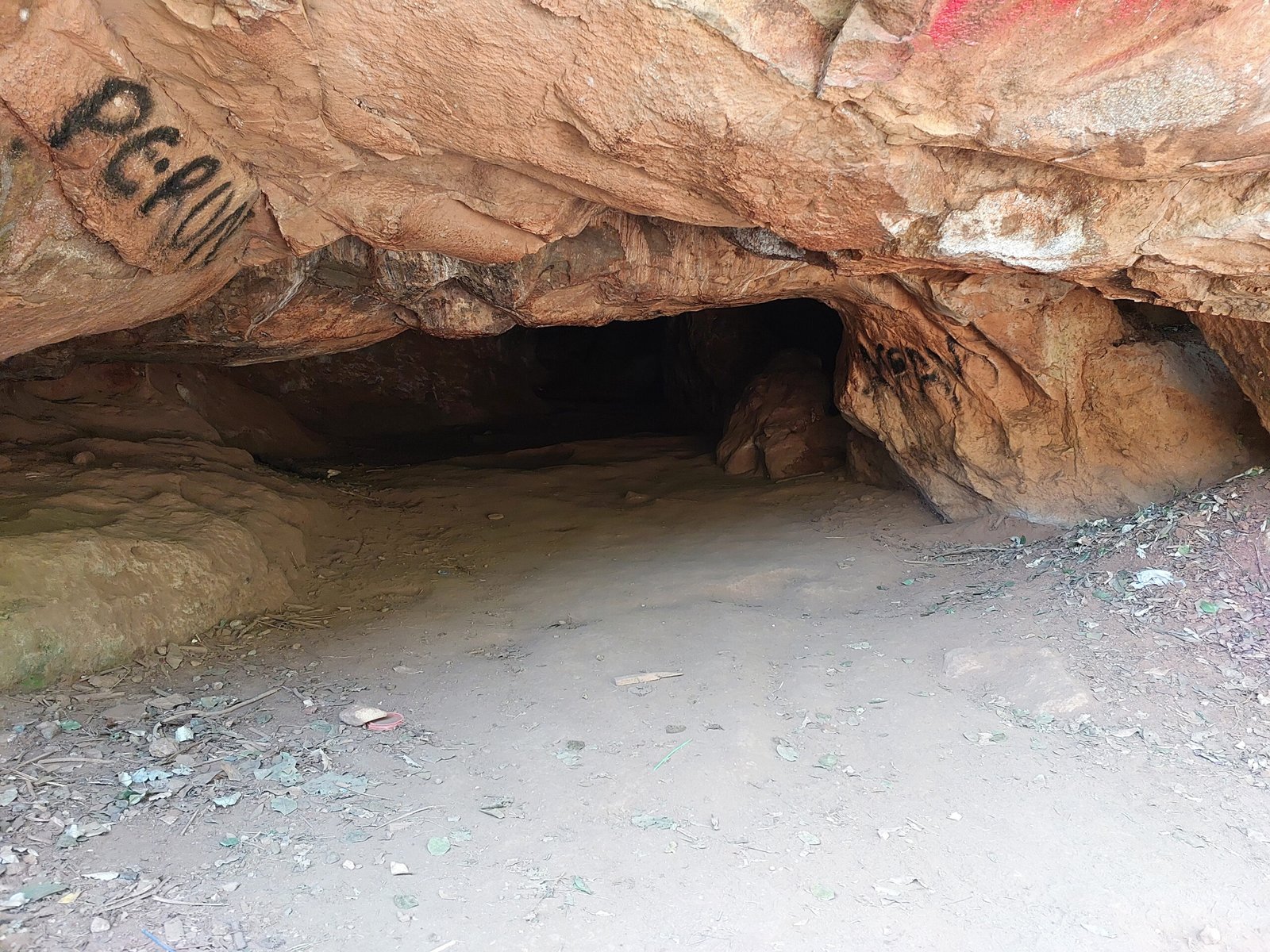
Caves are not just voids in the earth; they are living ecosystems. Many caves harbor unique forms of life, adapted to the harsh conditions of perpetual darkness and limited resources. These organisms, often found nowhere else on Earth, offer valuable insights into the adaptability of life. From blind fish to bioluminescent fungi, the biodiversity of caves is both surprising and inspiring. Studying these ecosystems can also provide clues about life in extreme environments elsewhere in the universe. Caves remind us that life can thrive in the most unexpected places.
Geological Wonders Beneath Our Feet
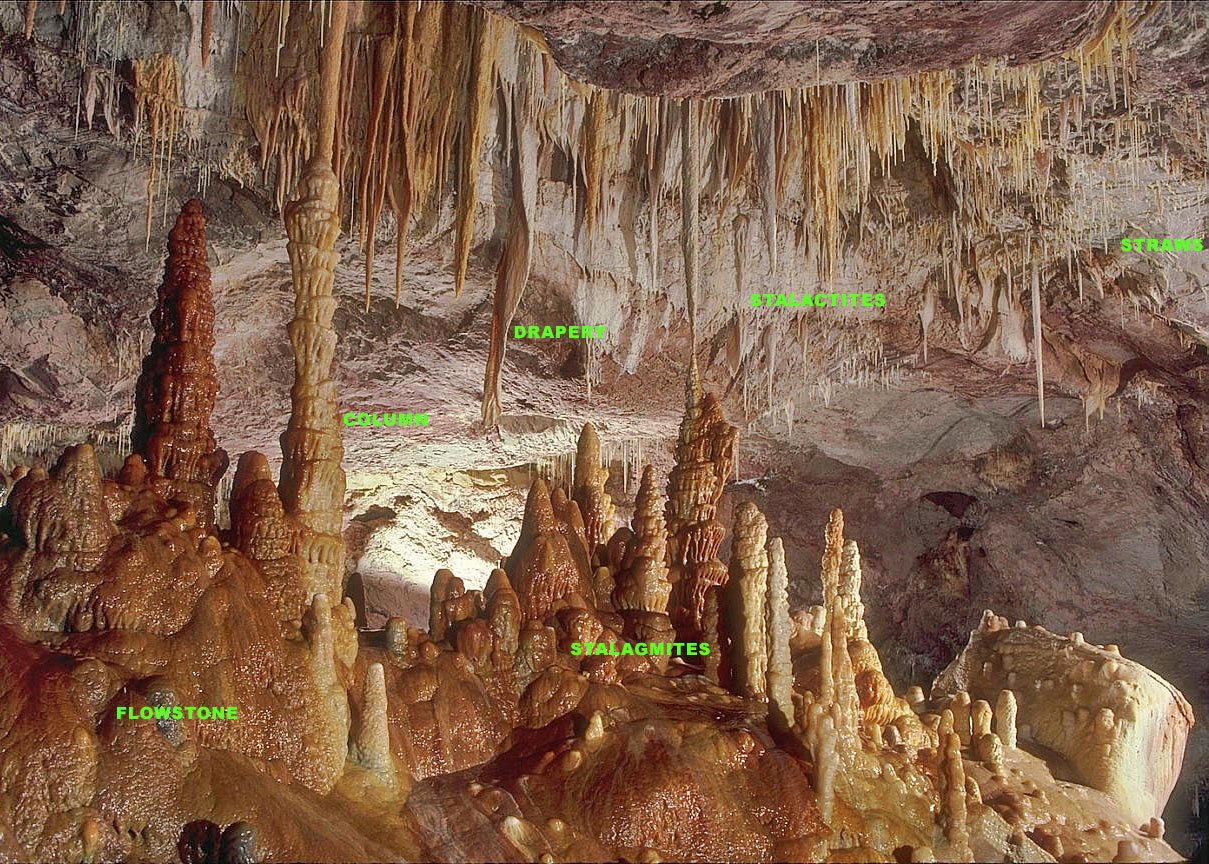
The formations found within caves are nothing short of spectacular. Stalactites and stalagmites, formed over thousands of years, create stunning natural sculptures. These formations are the result of mineral-rich water dripping from the cave ceiling and floor. Over time, they grow into intricate shapes, each telling a story of the cave’s history. In some caves, vast underground rivers carve their way through the rock, creating breathtaking landscapes. The geology of caves offers a window into the past, revealing the forces that have shaped our planet.
The Role of Technology in Modern Exploration
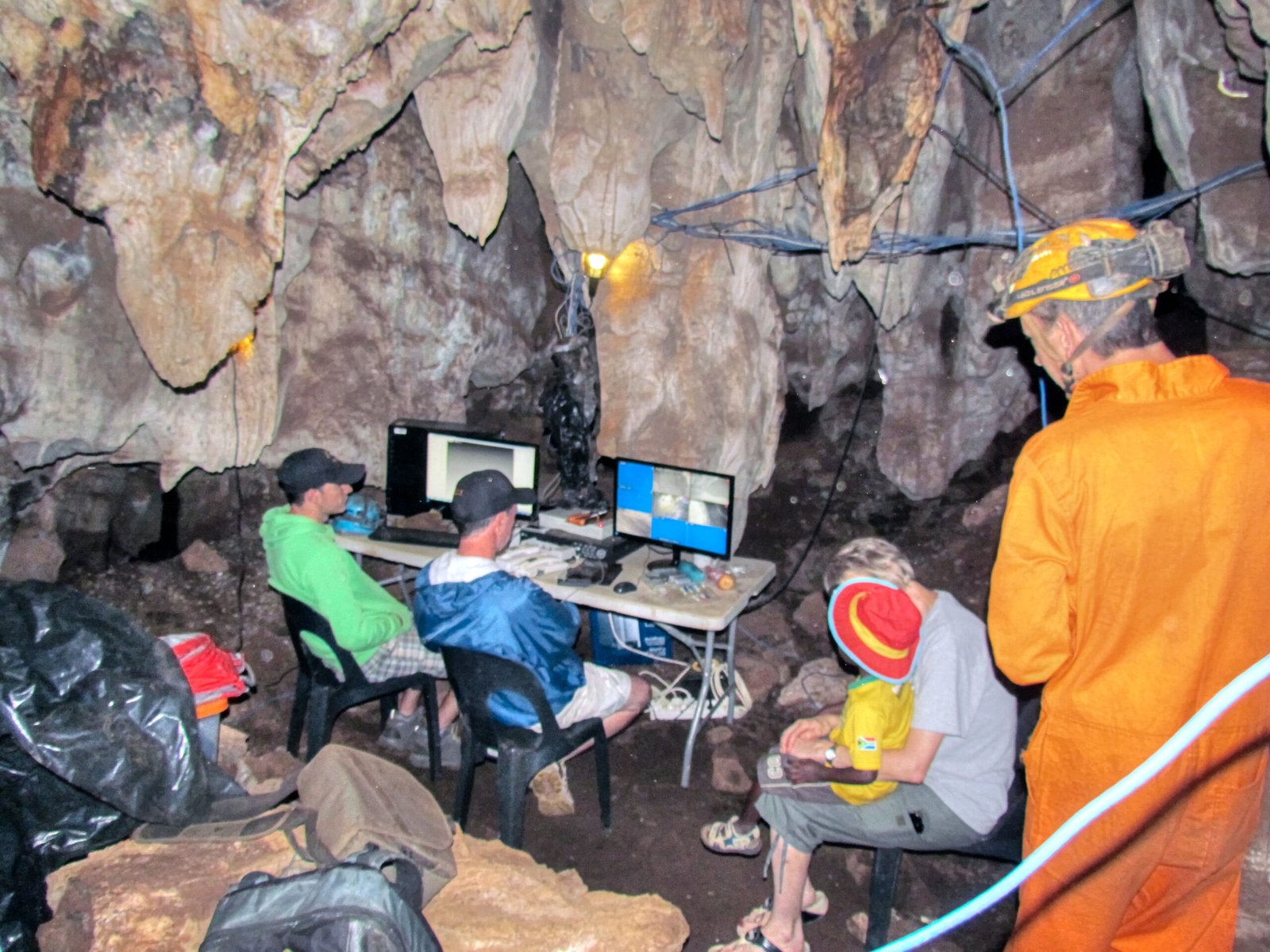
Advancements in technology have revolutionized cave exploration. From high-tech mapping tools to specialized diving equipment, technology has made it possible to explore deeper and more safely than ever before. Drones and remote-operated vehicles are now being used to navigate previously inaccessible areas. These innovations have opened up new possibilities for discovery, allowing scientists to study caves in unprecedented detail. However, technology is only a tool; the spirit of exploration and the drive to uncover the unknown remain the true catalysts for discovery.
Caves in Culture and History
Throughout history, caves have played a significant role in human culture. They have served as shelters, places of worship, and sites of artistic expression. Ancient cave paintings, some dating back tens of thousands of years, provide a glimpse into the lives of our ancestors. Caves have also been the setting for countless myths and legends, their depths symbolizing the unknown and the mystical. Today, they continue to inspire artists, writers, and filmmakers, capturing the imagination of people around the world.
The Environmental Importance of Caves
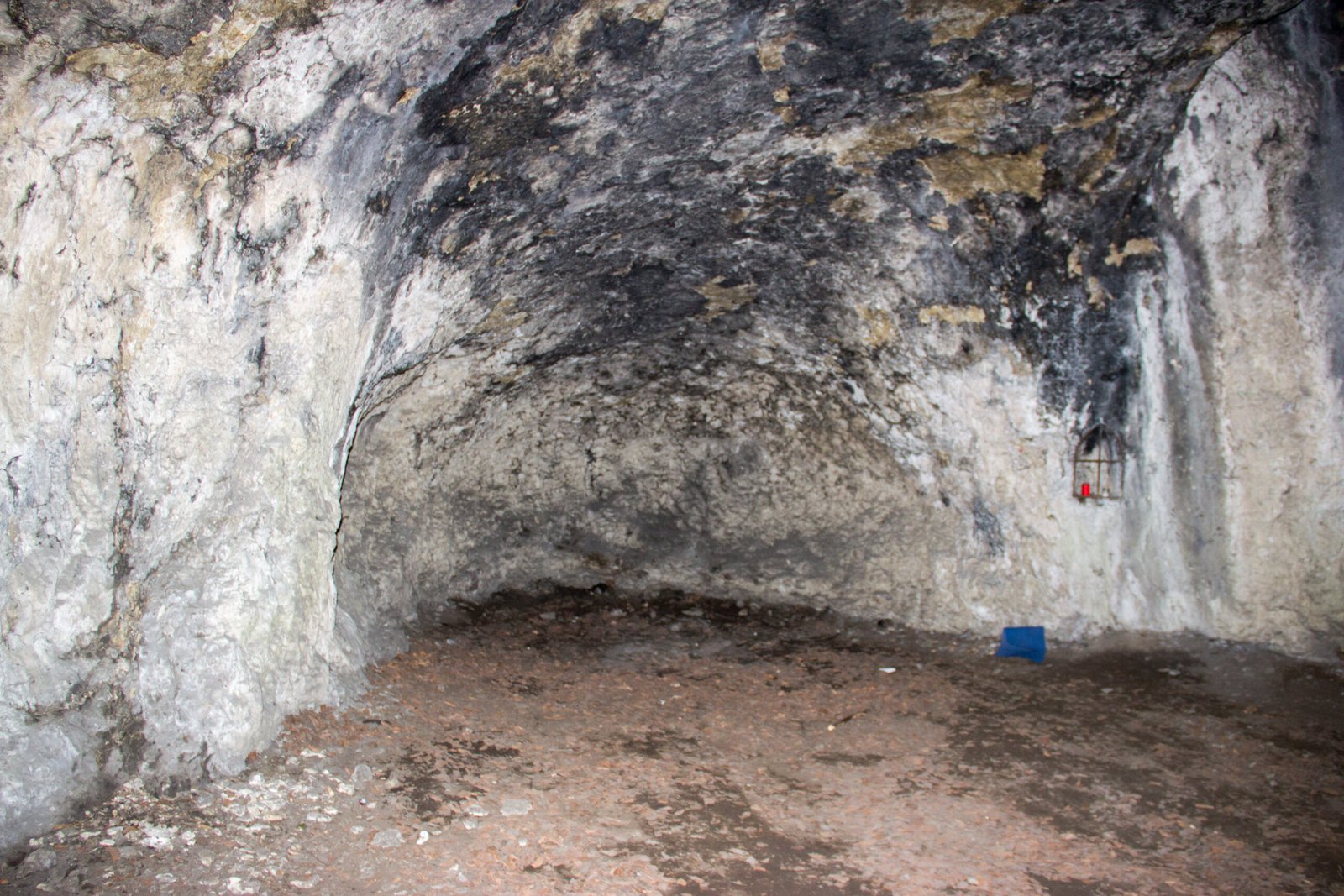
Caves play a crucial role in the environment. They act as natural reservoirs, storing water and regulating the flow of underground rivers. This makes them vital for maintaining the balance of ecosystems both above and below ground. Caves also serve as natural laboratories, providing valuable data for climate research. By studying the formations and sediments within caves, scientists can gain insights into past climate conditions and predict future changes. Protecting these delicate environments is essential for preserving their ecological and scientific value.
The Future of Cave Exploration
As we continue to explore the depths of our planet, caves remain one of the last frontiers. With each expedition, we uncover new wonders and gain a deeper understanding of the Earth’s history and its hidden ecosystems. The future of cave exploration holds exciting possibilities, with new technologies and techniques paving the way for further discoveries. However, it also presents challenges, as we strive to balance exploration with conservation. The mysteries of the deep remind us of the vastness of our world and the endless opportunities for discovery.
In conclusion, caves are more than just holes in the ground; they are gateways to another world. They challenge our understanding of the Earth and inspire us to explore the unknown. As we continue to push the boundaries of exploration, we are reminded of the wonders that lie beneath our feet. What other secrets do these deep, dark caverns hold? And will we ever reach their deepest depths?

